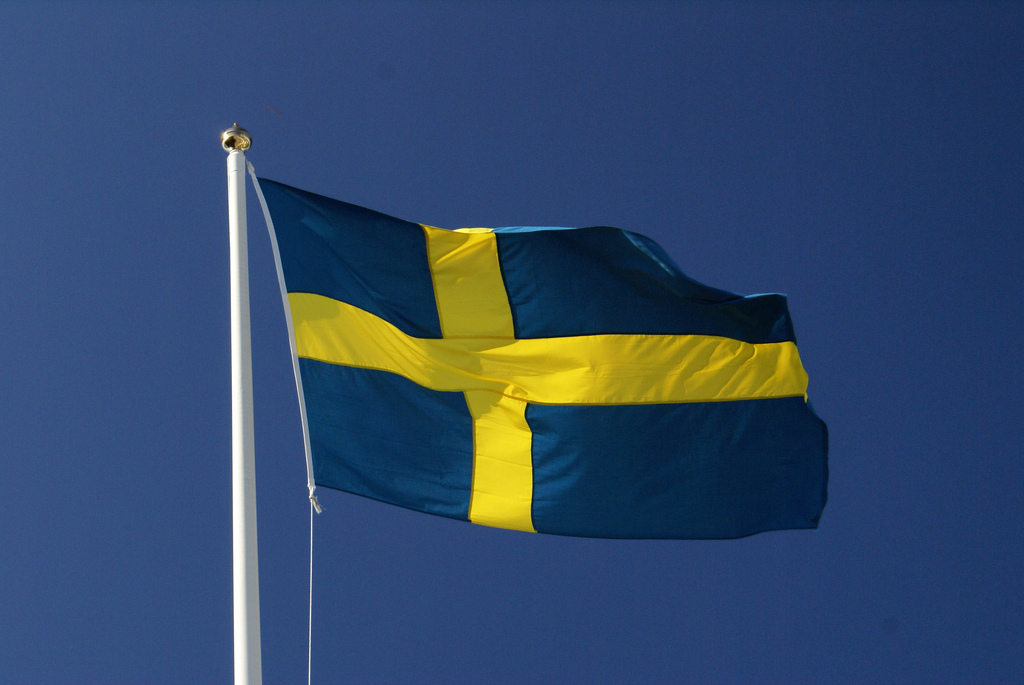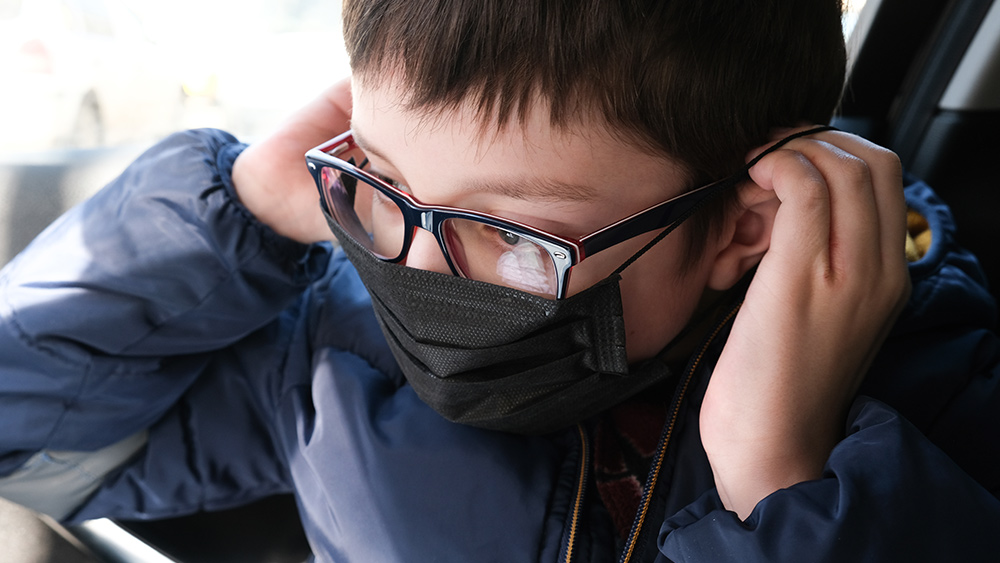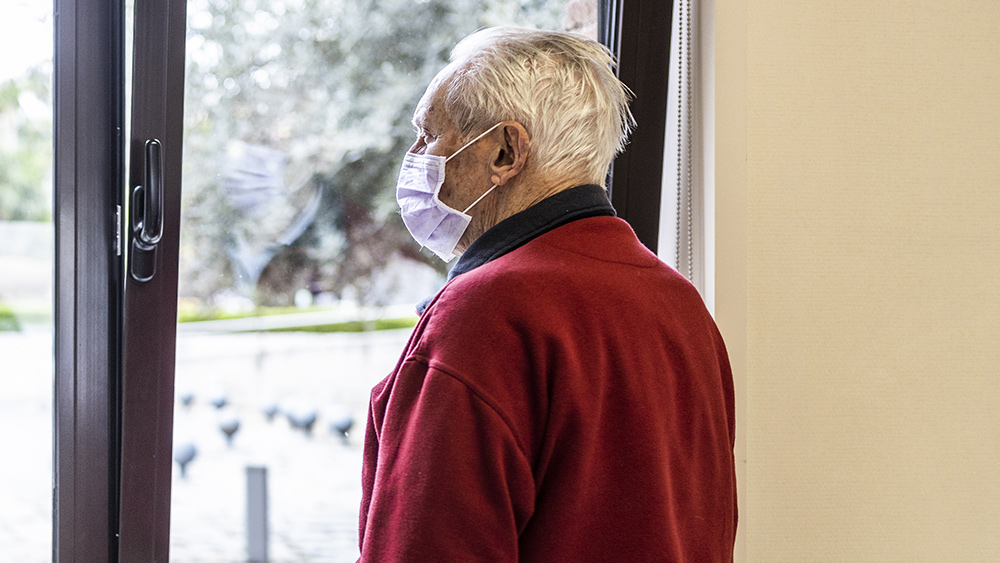Anti-lockdown Sweden is no success story as study shows large surge in deaths
04/29/2020 / By Isabelle Z.

While much of the world continues to deal with life under lockdown, life has been pretty close to normal for people in Sweden. Take a look at photos online, and you’ll see people crammed into bars, sitting in outside restaurants, and standing in long lines for ice cream in parks.
Younger children are still attending school – although universities are now using distance learning – and businesses like hair salons remain open there. The only restrictions put in place there are bans on gatherings of 50 people or more and visits to care homes for elderly people.
It’s a markedly different approach from nearly every other place on Earth at the moment. The world has been watching Sweden carefully, and on the surface, it might seem that deaths there aren’t significantly higher than places with stricter measures. However, that’s assuming that the numbers being reported are accurate – and we now have every reason to believe they’re not.
The numbers being officially reported place Sweden among the top 20 in the world in total case numbers, and they’re mainly testing just those with more severe symptoms. However, a recent analysis carried out by the Financial Times showed that Sweden saw 1,300 more deaths than usual during the time period of the coronavirus outbreak, which is a rise of 18 percent. This means the number of deaths there from the disease could well be a lot higher.
In fact, the Financial Times analysis found that the coronavirus death toll around the world could be as much as 60 percent higher than what official counts indicate. They looked at the mortality statistics of 14 countries and several urban areas during the pandemic and compared them to the numbers seen in recent years. They found 122,000 deaths overall in excess of normal levels, which means the global death toll may be as high as 318,000.
Although Sweden hasn’t instituted a full lockdown like other places, many residents are choosing to act sensibly and are doing their best to practice voluntary social distancing. Many are avoiding domestic travel, and travel was down over the Easter weekend, with public transport use also dropping significantly. Many people there are now working from home, and the BBC reports that nine out of ten Swedes report staying at least a meter away for others, which is up from seven in ten who did the same one month ago, despite no requirements being put in place for them to do so.
Meanwhile, Sweden’s neighbors Denmark, Norway and Finland have all closed schools, restaurants, bars and hair salons in addition to banning large events. Denmark has noted just above seven deaths per 100,000 people, while Norway and Finland have registered less than four deaths per 100,000 people; Sweden has seen a death rate of 22 per 100,000 people, which is far higher.
Many experts are strongly opposed to Sweden’s anti-lockdown approach
Late last month, 2,000 Swedish researchers, including Nobel Foundation Chairman Carl-Henrik Heldin, signed a petition calling for the country’s government to take steps to comply with World Health Organization recommendations immediately. They called for measures like those seen in other countries to be put in place as quickly as possible with severe limits on contact between individual as well as a rise in the capacity to test people for the virus. They added that trying to build herd immunity “has low scientific support.”
It’s clear that Sweden is far from the “success story” some people originally believed it would be by ignoring lockdowns. Unfortunately, the true extent of the damage their policies have caused might not be clear for quite some time.
Sources for this article include:
Tagged Under: coronavirus, covid-19, death toll, infections, lockdowns, outbreak, pandemic, statistics, Sweden



















